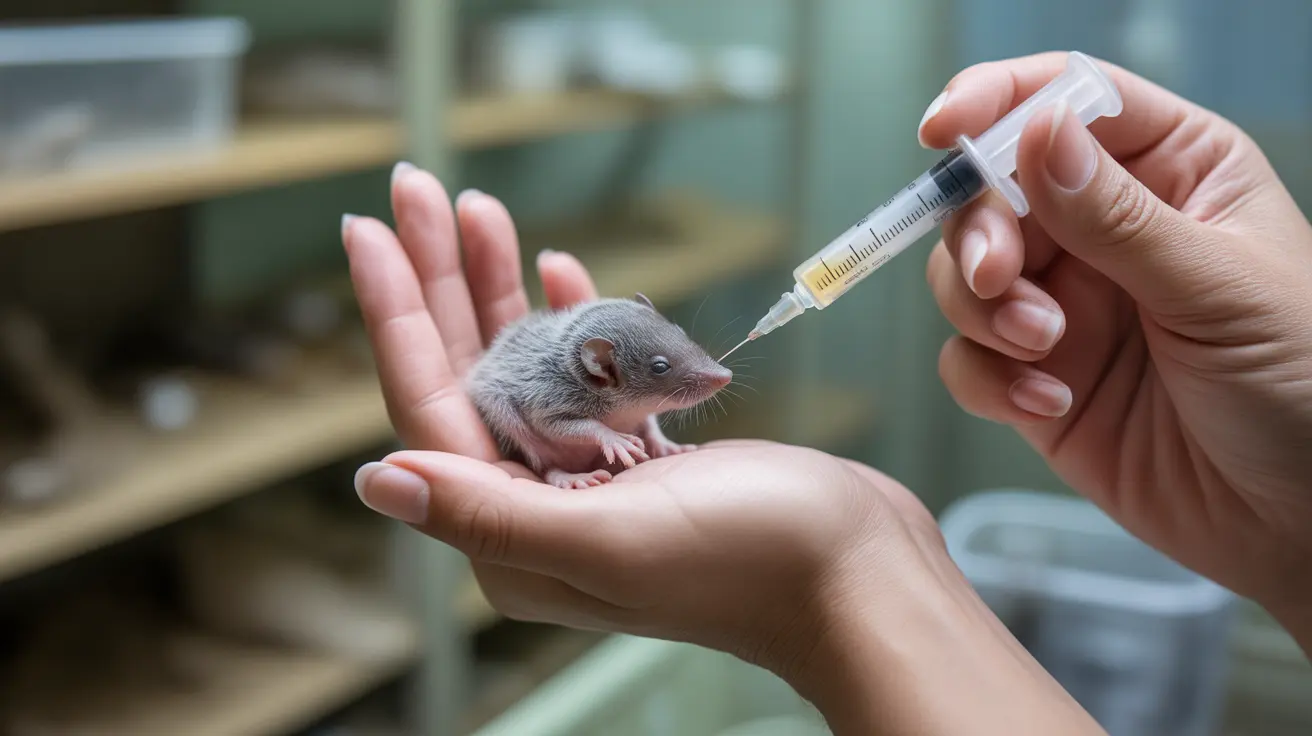How to Successfully Introduce Dogs and Cats in One Household
Dogs and cats are inherently different species with distinct personalities, instincts, and communication styles. Despite common misconceptions, many dogs and cats can coexist peacefully in the same home with proper management. This article explores effective methods for helping dogs and cats build positive relationships.
Understanding Interspecies Differences
The behavioral traits of dogs and cats often conflict. Dogs are typically social pack animals, while cats are more independent. Miscommunication can arise due to differing body language:
- A wagging tail in dogs often indicates excitement.
- In cats, tail movement can mean irritation or stress.
Understanding these cues is crucial when supervising interactions.
Key Factors That Influence Coexistence
Several elements determine how well a dog and cat may get along:
- Temperament: Calm animals adapt best to new companions.
- Age: Puppies and kittens raised together typically form stronger bonds.
- Past Experiences: Previous trauma or lack of socialization can hinder adjustment.
Step-by-Step Guide to Proper Introductions
The approach to introducing a dog and a cat plays a major role in determining their future relationship.
1. Scent Familiarization
- Keep pets in separate rooms at first.
- Exchange bedding or toys to help them acclimate to each other's scent.
2. Creating Core Areas
- Designate private zones for eating, resting, and using the toilet.
- These areas offer safety and reduce the likelihood of initial confrontations.
3. Use of Physical Barriers
- Use baby gates or closed doors to prevent chase behavior.
- Gradually reduce barriers as comfort increases.
Conducting First Face-to-Face Meetings
- Keep interactions brief and positive.
- Keep the dog on a leash; allow the cat free movement.
- Use treats to reward calm behavior.
- Never restrain the cat physically.
If either pet shows signs of distress, separate them and retry later.
Monitoring and Building Trust
The journey to harmonious living often requires time and patience. Here are some pro tips:
- Supervise all early interactions closely.
- Provide plenty of vertical space for cats to escape if needed.
- Reward positive behaviors regularly.
- If issues persist, consult a veterinarian or animal behaviorist.
Possible Outcomes in Household Harmony
Every case differs, and outcomes may include:
- Companionate Bond: Pets groom, play, and rest together.
- Peaceful Coexistence: Pets ignore each other but live without conflict.
- Incompatibility: Some animals, despite efforts, cannot live together harmoniously.
Conclusion
The age-old saying "fight like cats and dogs" doesn't have to be true in your home. By investing time in proper introductions, being patient, and understanding each animal's unique needs, many owners find that their feline and canine companions can become peaceful housemates—or even best friends.





